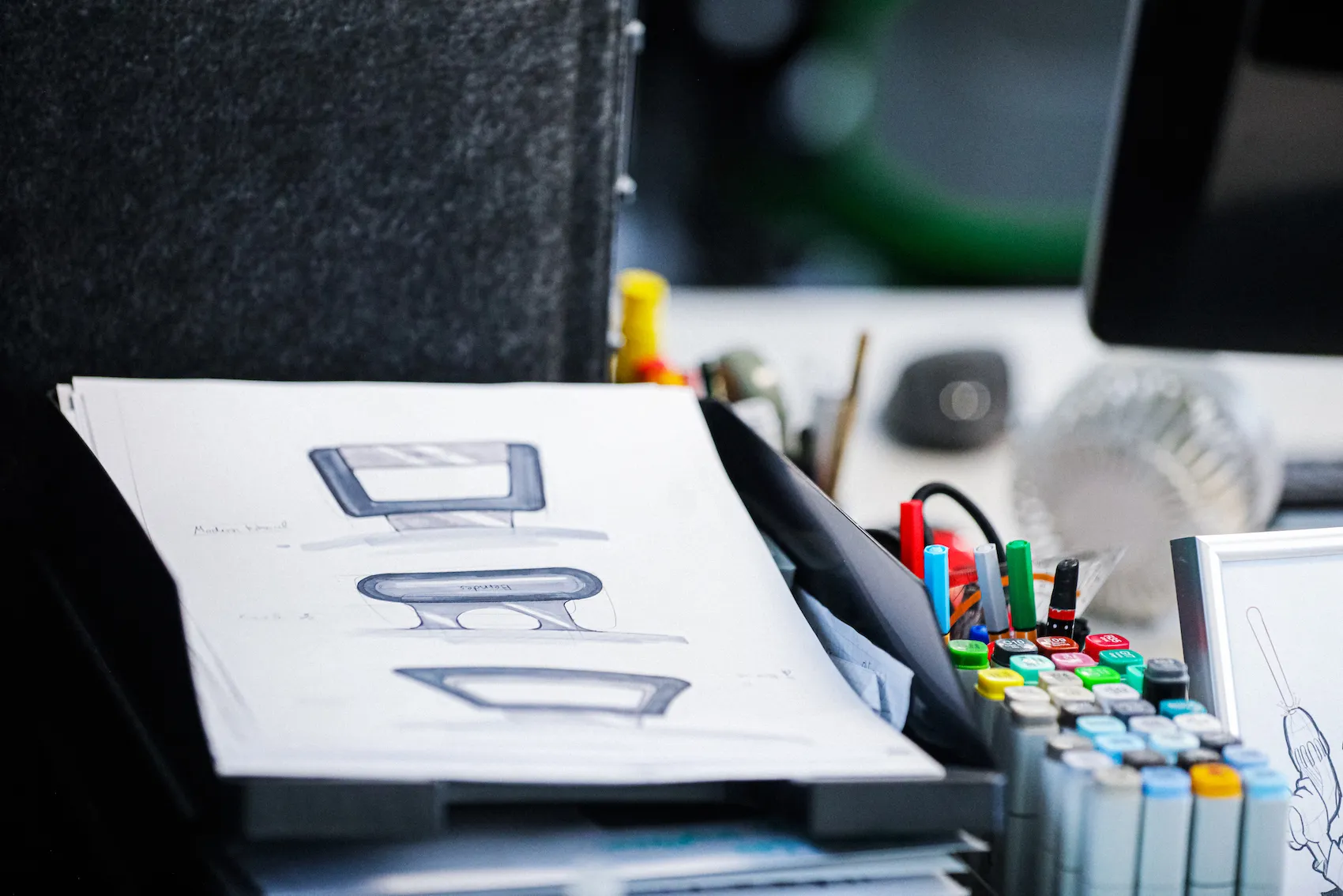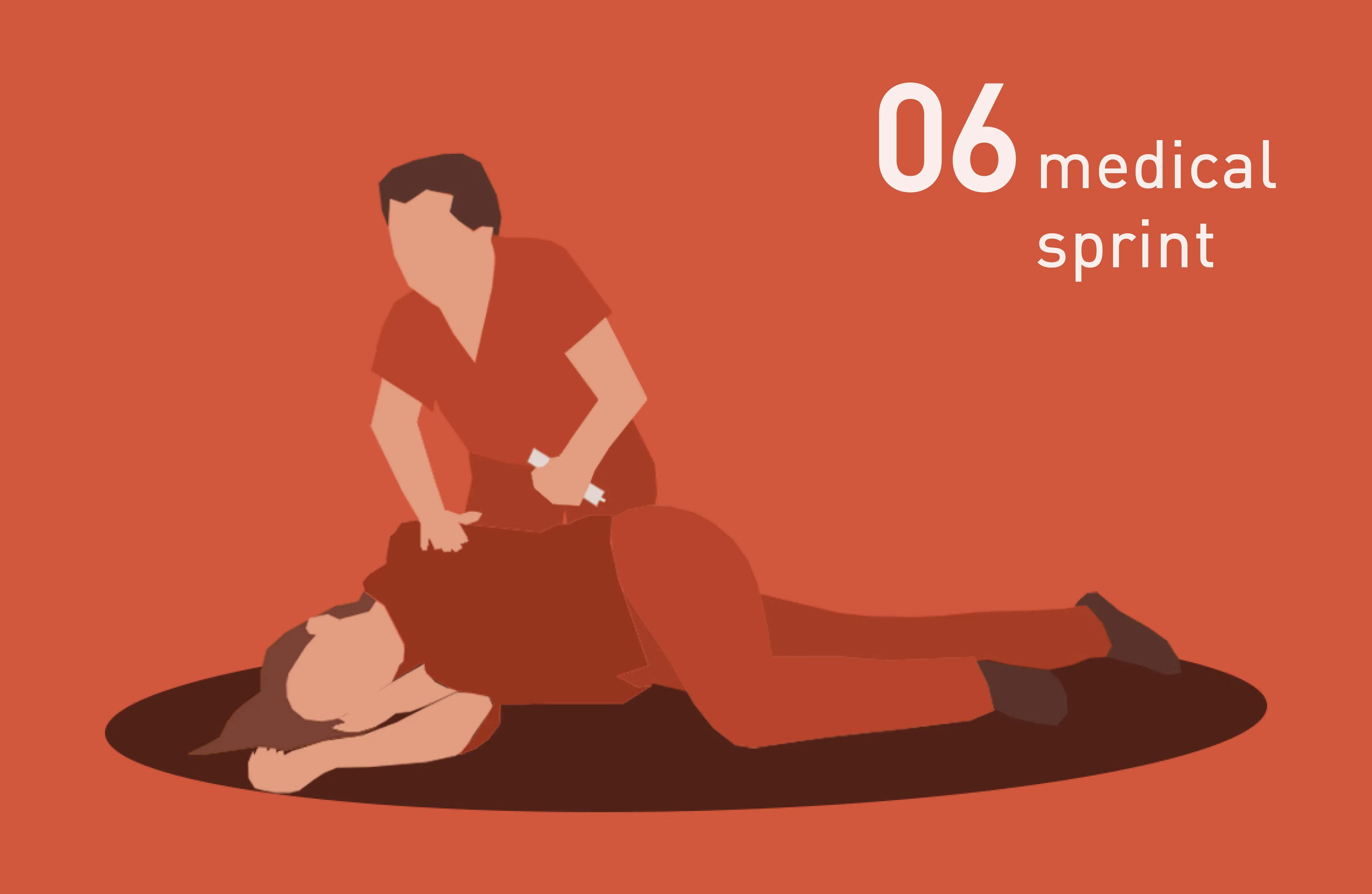Expertise
What does design cost?

These and 6 other regularly asked questions (FAQ) are always of great interest to our customers and clients.
- What does design cost?
- -> What rights do I have to the design as the client?
- -> What risks does the designer bear?
- -> How can the quality of design performance be measured?
- -> Who does a design agency work for?
- -> How does a design project work?
- -> How do I start a design project?
What does design cost? What does no design cost?
Althoughgenerations of designers have already commented on this question in slightly different ways, e.g: What does no design cost? or - Good design is ultimately cheaper than bad design! - we understand that most clients regard the question of fees as an essential criterion. Even though the positive effect and the outstanding benefits and value of design have been proven hundreds of thousands of times, many clients are not sure about the question of fees.
Start with the right understanding
Theterm "design" is quite ambiguous and so the same misunderstandings arise time and again. Does it mean aesthetic design or, as is common in the English-speaking world, technical development? People often speak of "a design" as if it were an object that can be seen independently of the product. With this idea, products are developed to market readiness without designer involvement and then a form is hastily imposed at the end. That's not how we work.
Our understanding of design is process-oriented. It means the step-by-step development from the idea to series production in a systematic, interdisciplinary process with engineers, marketeers, usability and clinical experts and, depending on the task, a number of other disciplines. In this process, we as designers take responsibility for the user experience, which includes aesthetics, originality, usability, functionality and quality appeal. This is how we lay the foundations for a high level of user acceptance in the market. With this definition in mind, let's take a closer look at the topic of costs...
Complexity as a cost factor
Itgoes without saying that more complexity also means more effort. A higher number of individual parts, more variants, a larger number of competitors to consider, a large development team, many different stakeholders, the number of meetings required - all of this leads to more complexity and therefore to greater effort and higher design fees.
Simplicity as a cost factor
"You should always simplify everything as much as possible. And not a bit further." This beautiful quote from Albert Einstein characterizes another challenge when estimating the effort involved in design work. Simplification in form, operation, production - all hallmarks of outstanding design, but unfortunately also accompanied by increased effort. Simplification is hard work. It is hard work that you often don't see in the result - because it seems so simple and obvious. It's counterintuitive, but simplification costs...
Security as a cost factor
Thedependence on security and effort also does not seem quite so obvious. It becomes clearer when we look at the goal of design development, namely success on the market. Success must be secured as far as possible. Even if this will never be 100% successful, detailed analysis and research, careful consideration of variants and alternatives, as well as thorough verification using simulations, models and prototypes help to achieve a high level of certainty. Indirectly, the creativity factor is also taken into account here, because the newer and more creative a design solution is, the more this new approach must be tested and validated.
In short, the costs rise with it:
- the complexity of the task
- the degree of simplification
- the safety requirement
- the degree of creativity and innovation
What does design cost?
Althoughclients always like to have a preliminary estimate as a "rough house number", please be prepared for the fact that this wish often cannot be fulfilled in the first meeting. However, it is still possible to provide relatively accurate fee examples using comparative projects. We even go one step further and list the most frequently requested design services in a list of services. However, only the individual quote, which you can expect from design professionals within one to two weeks, is completely accurate.
What is a bill of quantities?
Manydesign agencies are very reserved when it comes to costs and fees. However, there is also a growing number of agencies that are now more transparent about their services and provide corresponding price examples. A list of services is comparable to a menu. It should provide a good overview, show the price categories and ultimately make you want to try something. In our list of services, for example, you will find a large number of tried and tested design processes that are coordinated with each other like a modular system. The individual modules can therefore be combined with each other. Here you will also find information on hourly and daily rates, which are used to calculate the quotation.
Fixed price, target price or hourly basis
Inmost cases, a basic exchange of information will be possible at short notice, on the basis of which a customer-specific offer or cost estimate can be made. Depending on how clear and plannable your task is, the designer can commit to a fixed price. If the objectives and specifications of the project are insufficiently defined at the time of the quotation, a short analysis phase or feasibility study is recommended in any case. This protects both sides from a risky or overly rough calculation. In the case of large projects with several project phases, only the first step is usually quoted as a binding offer, with the remaining phases given as a rough guide price. An agreement on an hourly basis, i.e. without a completed service description, is rather rare.
Design seems expensive - how can costs be reduced?
Whencomparing prices, you can often find significant differences between the individual providers, even for an identical request. Rarely are the price differences solely due to the hourly rates of the providers, unless professionals are compared with amateurs. The difference usually lies in the different assessment of the complexity and security requirements of the specific task - ultimately a question of risk for both sides if, for example, a complex task is classified as too simple. The only thing that helps here is a careful examination of the initial situation and a detailed discussion about the necessity of customer requirements or service components that can be provided more cost-effectively in-house, for example.
Discount & Co?
Nevertheless, there are a few ways for the designer to meet the client's budget expectations. If the collaboration is agreed for more than a short project, it is usually possible to negotiate an appropriate volume discount or a retainer discount for a long-term workload. Some design agencies, mainly in the graphics sector, split the fee into a time and effort fee and a usage fee, as recommended by the professional association AGD, for example. In this case, a small usage fee can also be assumed for limited use.
Design costs are not an easy topic, there are various ways to reach your goal. Ask us if you would like to estimate the costs of your project in advance.
Further links:
VDID: Advice on design contracts
Frequently asked questions





